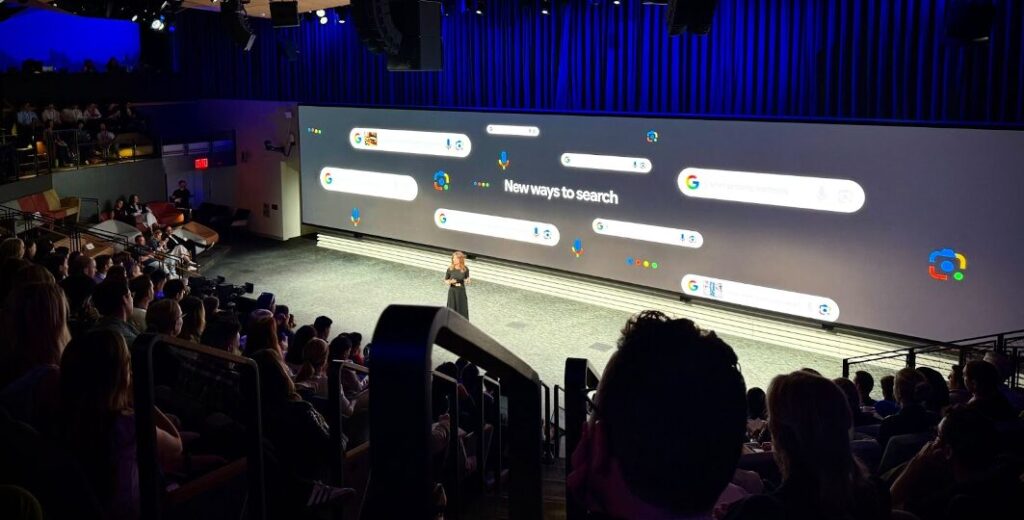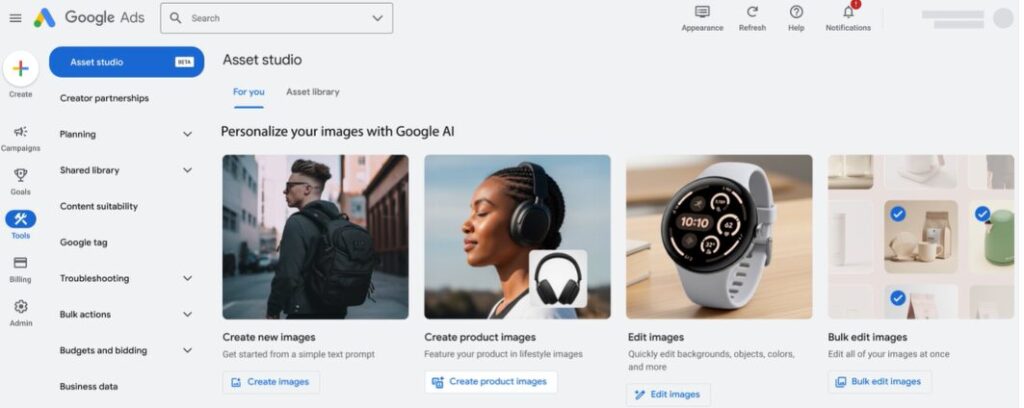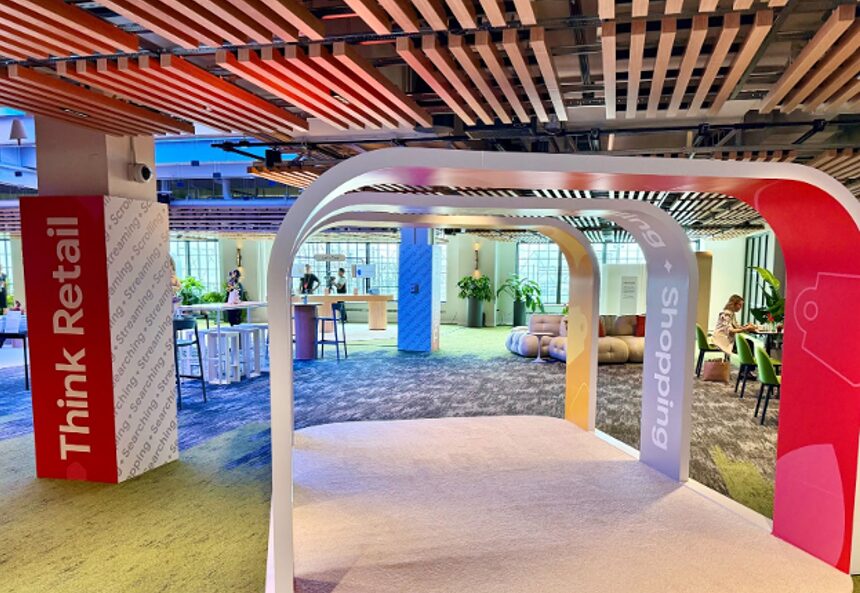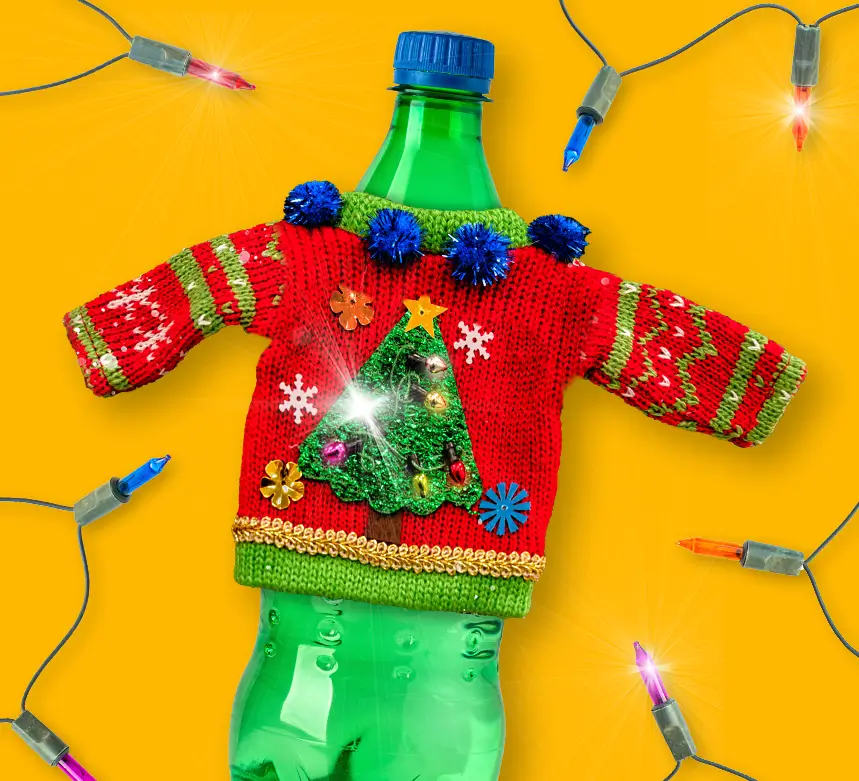Google hosted its annual Think Retail summit on September 10th at its St. John’s Terminal in New York City. It’s a tentpole event for retail marketers from brands and agencies alike to discover the latest best practices and features from the tech giant at the end of the summer, as planning ramps up for the holiday season and Cyber 5. This year, three core announcements will be a need-to-know for Q4 2025 and beyond.

- Generative AI Will be Instrumental to Creative Assets
Google’s Generative AI is becoming a larger part of asset creation across the Google Suite of products. Announced at Think Retail were updates coming to both Google Ads Asset Studio and Google Merchant Center Product Studio. In Asset Studio, advertisers can prompt the platform to produce creative assets for them (e.g., “women wearing shoes in a European town with a cobblestone road”). In Product Studio, retailers can similarly generate product imagery to incorporate into shopping feeds and ads alike. Additionally, images and video from organic Social channels for brands can be pulled into Product Studio to leverage in the Google suite, and the AI can help identify and match which products are included in the social media post.
This will likely be transformative for retail brands, especially small-to-mid-size businesses that might not have the bandwidth or resources to develop comprehensive creative assets for their entire product portfolio. Google Gen AI can help them solve that in a few clicks of the mouse, and with impressive precision. Prompts can be helpful for adding a seasonal flair to the imagery as well – one example shared at Think Retail included holiday-themed assets (e.g., “add a snowy background”). Assets generated with humans may still appear “off” to users, so advertisers should still be wary of producing people-oriented images and videos using these tools.

2. More Features Built on 1st Party Data are Coming
New modes for both Prospecting and Loyalty were announced for Google Ads, which are set to debut by Q4. Leveraging 1st party data, advertisers will be able to modify bids and performance goals for both prospecting customers and loyalty members. This follows a trend, as Google has introduced similar features over the past few years for New Customer Acquisition, Lapsed Customer Re-Acquisition, and Retention. It appears that, unlike those previous updates, in which the conversion value of each action is modified, Prospecting and Loyalty modes should operate on bid multipliers. This is a key benefit to advertisers who want to bid up or down on these audiences without skewing revenue data in-platform.
Additionally, features will roll out for these modes that can modify messaging and offers for members of loyalty programs. Advertisers will be able to personalize member-only pricing and shipping benefits across both free and paid listings on Google, which, in initial testing, has shown up to 20% increases in CTR for those loyalty customers. In crucial sale periods and shopping times of increased site traffic and demand, marginal improvements in CTR and CVR can pay off in a significant way for e-commerce brands. Those who are not already set up for success with 1st party data will want to check those boxes to capitalize.

3. YouTube Can Be a Powerhouse in Pushing Users Down-Funnel
YouTube has been a focal point for Google at its conferences for the past year and for good reason. Its continued dominance in the streaming space offers vast reach for brands with the opportunity to tell stories through the content and its creators. A Google/Kantar study shows that 82% of U.S. viewers consider YouTube creators more trustworthy compared to other social media platforms. That trust is something YouTube is wisely showcasing to advertisers, given its influence on purchasing power. Specifically for the holiday season, YouTube referenced that over 60MM “gift guide” videos were uploaded to the platform last year, and over the years, it has proven to be a seasonally relevant subset of videos from channels and influencers who already have a dedicated following for product reviews, unboxings, etc. Partnership ads powered by BrandConnect can be an extremely effective tool to boost consideration and purchase intent, as brands can promote videos featuring their products from channels across the YouTube ecosystem within their own ad campaigns to increase reach and target their audiences with content that has a more organic feel.




